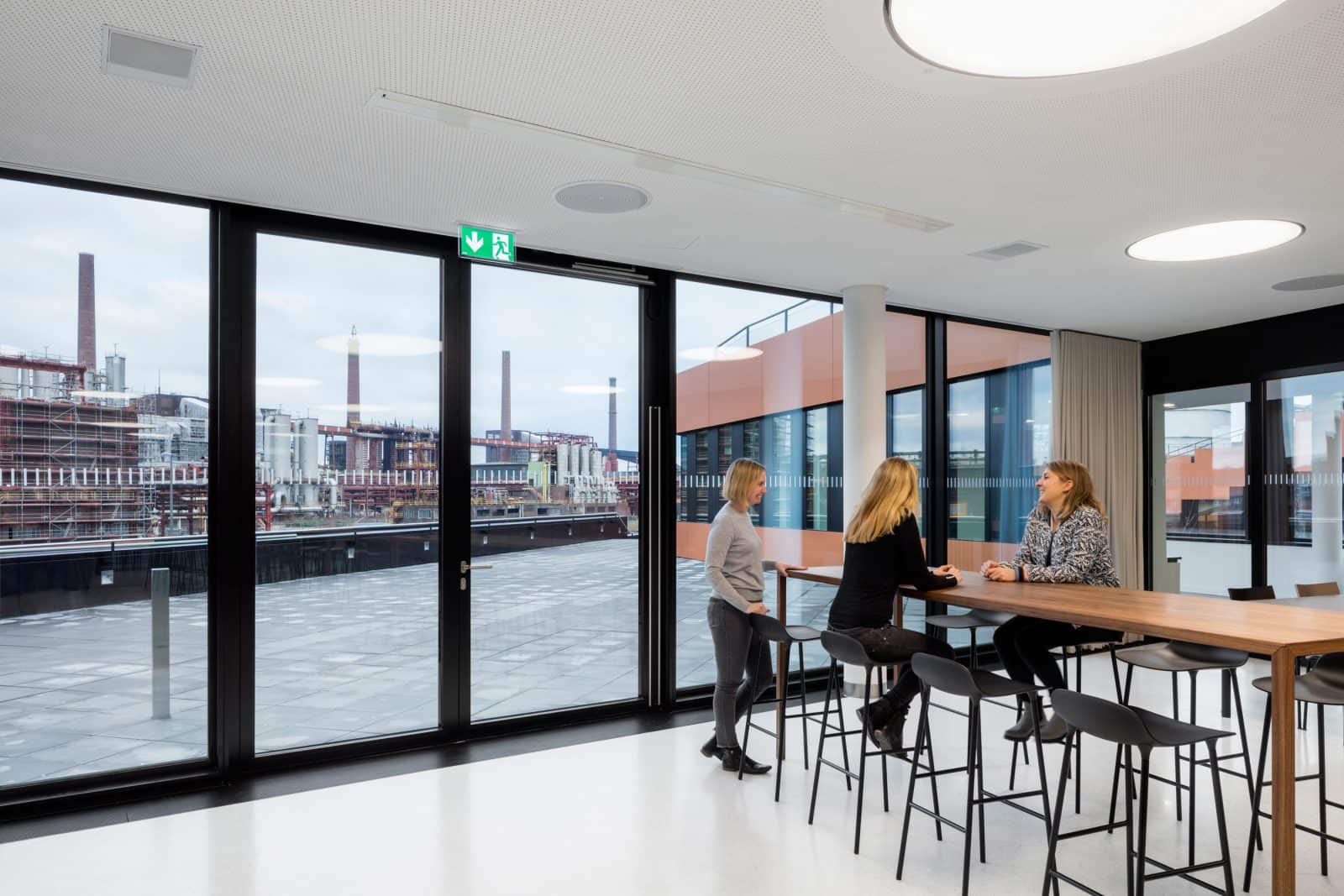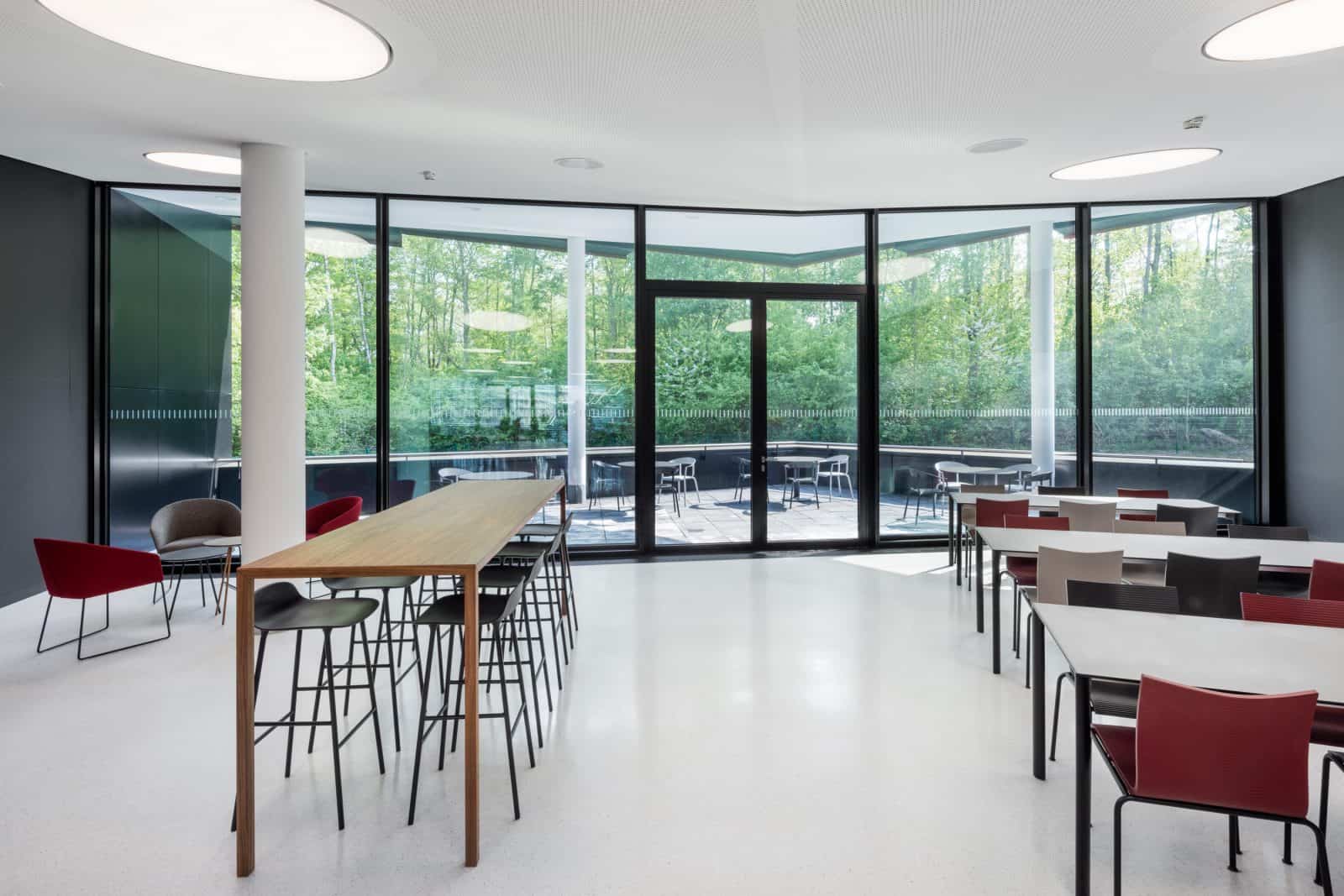#joint-stock company #UNESCO World Heritage Site Zollverein in Essen #roof landscape
The multi-purpose roof landscape compensates for the ground area occupied by the development and offers avaluable space with an identit y of its own at the intersection between the industrial cultural and natural landscape.


















